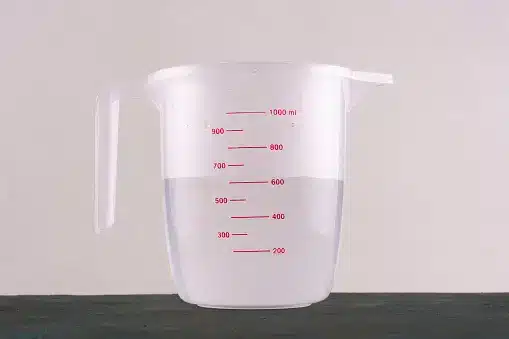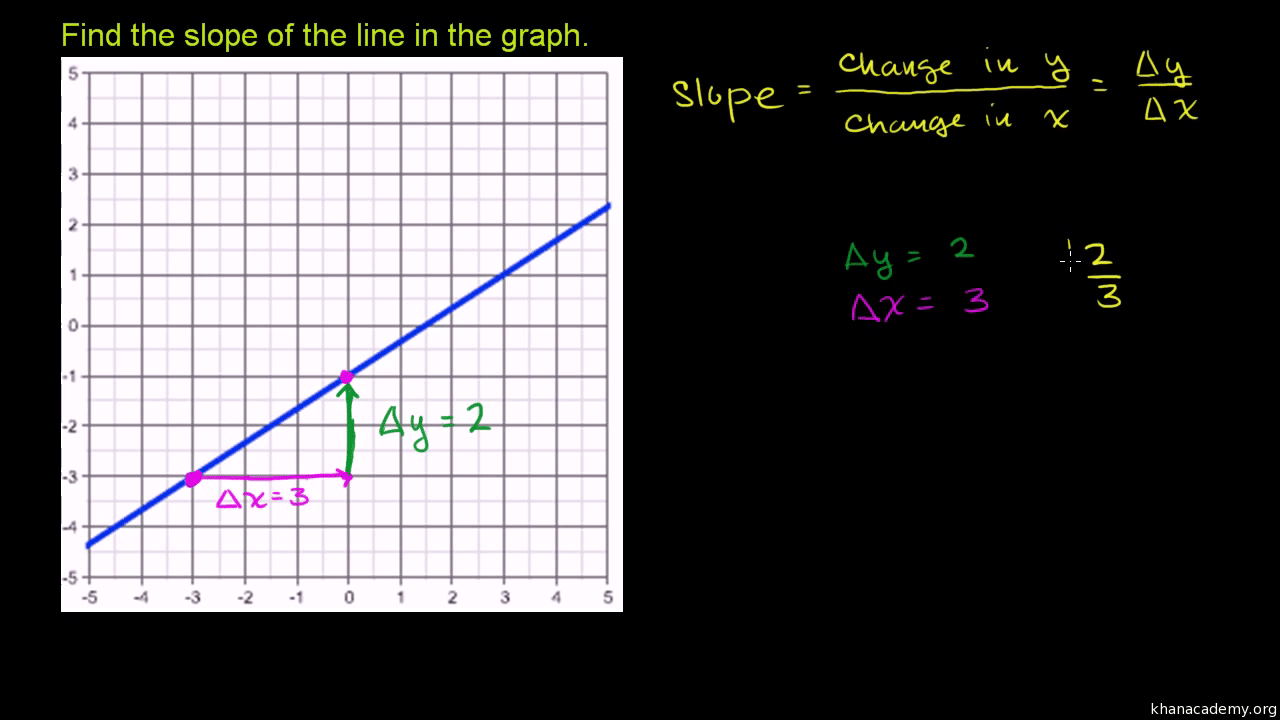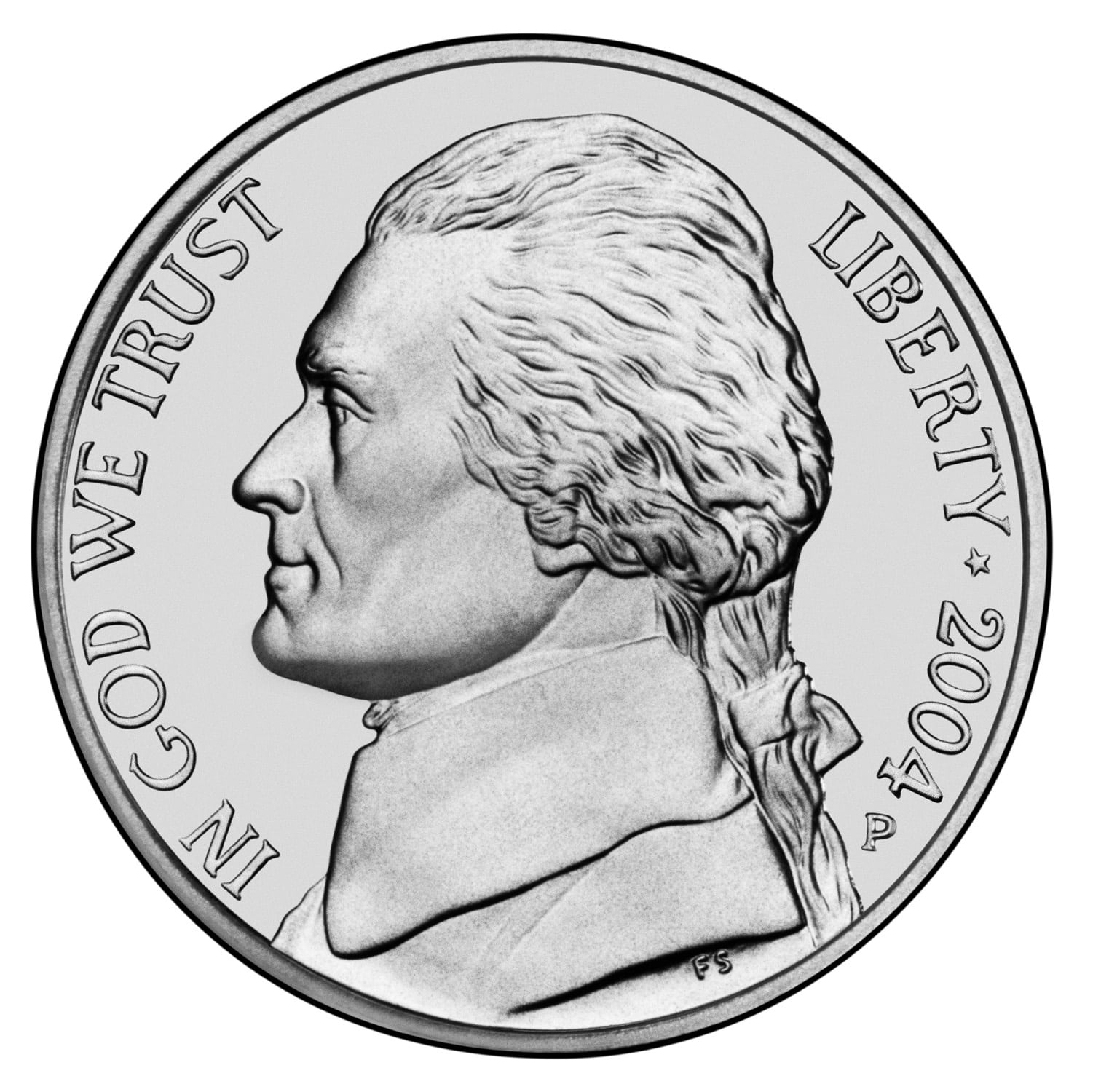In culinary creations, scientific experiments, and everyday tasks, the precise measurement of liquids is essential for achieving desired results. Two commonly used units of liquid measure are pints and liters, each with its unique history and application.
In this article, we will discuss how many pints in a liter, as it empowers us to navigate recipes, conduct experiments, and communicate effectively with precision.
Table of contents
- Delving into the Essence of Liters and Pints
- Precise Measurement of Liquids
- Conversion between Pints and Liters
- How has the definition of the liter evolved?
- What are some practical applications of converting between liters and pints?
- How do the different pint definitions impact international communication?
- What are some alternative units of liquid measurement used in different parts of the world?
- How has the standardization of liquid measurements impacted scientific research and industrial applications?
- What are some future trends in liquid measurement technology?
- FAQs
- Conclusion
- References
- Recommendations
Delving into the Essence of Liters and Pints
1. Understanding the Liter:
The liter (L) is a metric unit of volume representing one cubic decimeter. It is the base unit of volume in the International System of Units (SI) and is widely used in scientific and engineering applications.
2. Exploring the Pint:
The pint is a unit of volume used primarily in the United States and the United Kingdom. It has two distinct definitions:
- US Pint: The US pint is equal to 16 fluid ounces or 0.473176473 liters.
- UK Pint: The UK pint is slightly smaller than the US pint, equating to 20 fluid ounces or 0.56826125 liters.
Precise Measurement of Liquids
1. Measuring Cups and Spoons:
Measuring cups and spoons are kitchen staples for measuring liquids with precision. They come in various sizes, typically labeled with their corresponding volume in milliliters or liters.
2. Graduated Cylinders:
Graduated cylinders are laboratory instruments designed for the accurate measurement of liquid volumes. They are typically made of glass or plastic and have markings indicating the volume in milliliters or liters.
3. Volumetric Flasks:
Volumetric flasks are specialized laboratory instruments used for preparing and storing precise volumes of liquids. They have a narrow neck and a stopper to prevent spills and ensure accurate measurement.
You can also see: How Many Miles is a 10K: Accurate Distance Insights for Running Enthusiasts
Conversion between Pints and Liters
1. Converting US Pints to Liters:
To convert US pints to liters, multiply the number of pints by 0.473176473.
Example:
10 US pints * 0.473176473 liters/pint ≈ 4.73 liters
2. Converting UK Pints to Liters:
To convert UK pints to liters, multiply the number of pints by 0.56826125 liters/pint.
Example:
15 UK pints * 0.56826125 liters/pint ≈ 8.52 liters
How has the definition of the liter evolved?
The liter was initially defined as the volume occupied by one kilogram of pure water at a specific temperature and pressure. However, as measurement techniques have improved, the definition has been refined to a more precise and universally accepted standard.
What are some practical applications of converting between liters and pints?
Converting between liters and pints is essential in various situations, including:
- Cooking: When following international recipes, converting liquid ingredients from liters to pints or vice versa is crucial for accurate measurements.
- Pharmaceuticals: In pharmaceutical settings, precise conversion between liters and pints is critical for dispensing medications correctly, ensuring patient safety and efficacy.
- Chemical Mixing: In chemical experiments, converting between liters and pints is necessary for preparing solutions with specific concentrations.
How do the different pint definitions impact international communication?
The existence of both US pints and UK pints can lead to confusion and potential errors when communicating liquid measurements internationally. To avoid misunderstandings, it is advisable to specify the type of pint (US or UK) when referring to liquid volumes in international contexts.
Also read: How Much Juice in One Lemon? Kitchen Measurements Uncovered
What are some alternative units of liquid measurement used in different parts of the world?
While liters and pints are prevalent in many countries, other regions have their unique units of liquid measurement. For instance, in Japan, the milliliter (mL) is the most common unit for measuring small volumes, while in Canada, both liters and imperial units like quarts and gallons are used.
How has the standardization of liquid measurements impacted scientific research and industrial applications?
The standardization of liquid measurements has played a crucial role in scientific research and industrial applications by enabling researchers and manufacturers to communicate and exchange information with precision, ensuring consistency and reproducibility in experiments and production processes.
What are some future trends in liquid measurement technology?
Advancements in technology may lead to the development of more precise, efficient, and user-friendly liquid measurement devices. For example, digital measuring instruments with built-in conversion capabilities could simplify the process of converting between different units of liquid measurement.
Read also: Tech Troubleshooting: Simple Steps on How to Restart Your Chromebook
FAQs
Precise measurement of liquids is crucial in various applications, including:
Cooking: Accurate measurements ensure consistent results in recipes and prevent culinary mishaps.
Science Experiments: Precise liquid measurements are essential for ensuring the validity and reproducibility of scientific experiments.
Pharmaceuticals: Accurate dosing of liquid medications is critical for patient safety and efficacy.
Meniscus: The meniscus is the curved surface of a liquid in a measuring vessel. When measuring liquids, read the volume at the bottom of the meniscus for accurate results.
Temperature: The volume of a liquid can change with temperature. If precise temperature control is necessary, use calibrated glassware or temperature-compensating measuring devices.
Evaporation: Liquids can evaporate, especially over time. To minimize evaporation, use stoppered containers or cover measuring vessels when not in use.
Besides liters and pints, other units of liquid measurement include:
Gallons: One gallon is equal to 4 quarts, 8 pints, or 3.78541 liters.
Milliliters: The milliliter (mL) is a smaller unit of volume, equal to 0.001 liters.
Fluid Ounces: The fluid ounce (fl oz) is a unit of volume commonly used in the United States, equal to 0.0295735295 liters.
Practice: Regular practice with measuring cups, spoons, and graduated cylinders will enhance your liquid measurement skills.
Calibrated Equipment: Use calibrated glassware or measuring devices for precise results.
Attention to Detail: Pay close attention to the meniscus and temperature when measuring liquids.
Online Conversion Tools: Numerous online conversion tools can quickly convert between different units of liquid measurement.
Cookbooks: Cookbooks often provide conversion tables for liquid measurements
Conclusion
Precise measurement of liquids is a fundamental skill in various fields, from culinary creations to scientific endeavors. Understanding the relationship between liters and pints empowers us to convert between these two common units of volume with ease. By employing the appropriate measuring tools and techniques, we can ensure accurate results, consistent outcomes, and enhanced safety in our endeavors.
References
- visualthesaurus.com – Mind Your Pints and Quarts: Making Sense of Liquid Measurement
- bhg.com – Finally: A Liquid Measurement Conversion Chart for Any Recipe






